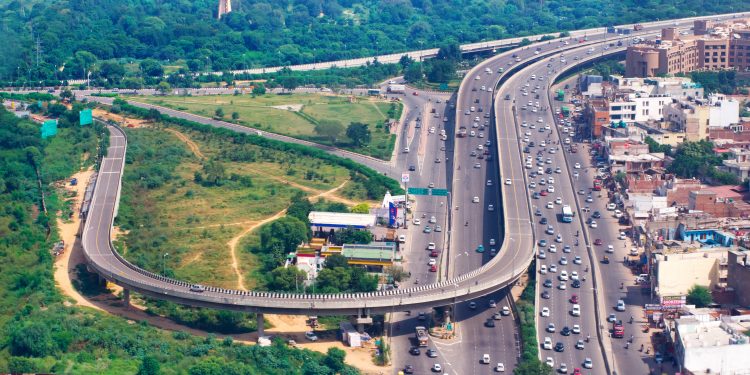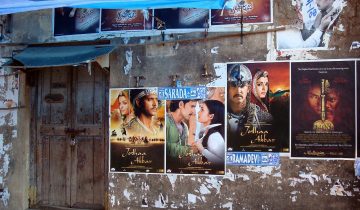The Battle Against Air Pollution in Delhi

Introduction
It is a well-known actuality that the air pollution levels in Delhi are horrendously high—and that such high levels of particulate matter and toxic gases are released by vehicular engines. In fact, the air pollution levels have ranked Delhi as the most polluted city in the world; this consequently has catastrophic health impacts on the people who are enmeshed in this toxic, unclean atmosphere, in the form of acute respiratory disorders in both adults and children, lung cancer and cardiovascular diseases. It has even been estimated that approximately 10,000 people in Delhi die prematurely every year due to exposure to the deadly toxins of air pollution.
What has been done?
So, in response to criticism meted out by the Delhi High Court regarding the serious pollution issues in India’s capital city, the Delhi government took sweeping actions to mitigate this growing problem. As reported by the Hindustan Times, “Private vehicles will be allowed to run on the streets on alternate days depending on whether their licence plates end in even or odd numbers”. However, this isn’t the only measure that has been implemented by Arvind Kejriwal; others involve the closing down of the highly inefficient and polluting Badarpur thermal plant and putting a ban on roadside parking. People found violating these laws will be fined. There have been several updates on the severity of these policies; the odd-even scheme applies for timings restricted from 8 a.m. to 8 p.m., and there will be no restrictions on the movement of private cars on Sundays, as reported by the Delhi government.
Response to these Measures
The public response to these decisive measures has been predominantly negative—since they will undoubtedly cause inconveniences to the average commuter and Delhi citizen. A PIL stated that this measure would harm the safety of women—“particularly when there is a total lack of infrastructure and public safety” as “buses and private taxis have become a horror at odd hours” in the city. Also, these car restrictions will make little difference to the upper classes and upper-middle classes, who will most likely have two or more cars; moreover, purchasing a new car with the appropriate license plate number would be a simple, straightforward task.
However, these measures will be highly beneficial to the rickshaw and public transport sector, who will certainly be at an advantage if the public chooses to conscientiously follow these neatly laid down rules. And even though the Delhi government has faced spirited opposition from the masses, it has in fact received praise from members of the scientific community; as said by Sunita Narain, director of The Center for Science and Environment, “I would like to thank the Delhi government”.
Conclusion
Delhi is notorious for being smothered by a blanket of thick, dark smoke; indeed, India’s capital city will eventually become a bane to live in for the future generations. So, if these car restrictions are carefully executed, Delhi can become more sustainable—with regard to the environment and natural resources (such as fossil fuels). At one end of the spectrum, these implementations may seem like the idealistic solutions to a truly pressing problem.
Nevertheless, drawbacks are inevitable; this is a problem that faces all policies designed to bring about positive, social change. While it will lead to several problems in the short-run for Delhi denizens, perhaps this course of action will benefit this city over the long-run—and can ultimately succeed in the endless, relentless struggle against air pollution and contamination of the environment.
[Image Attribute: Byelikova Oksana / Shutterstock.com]




